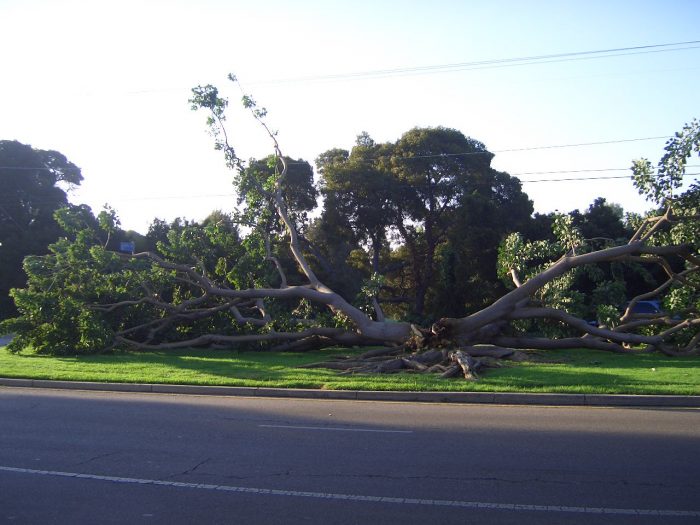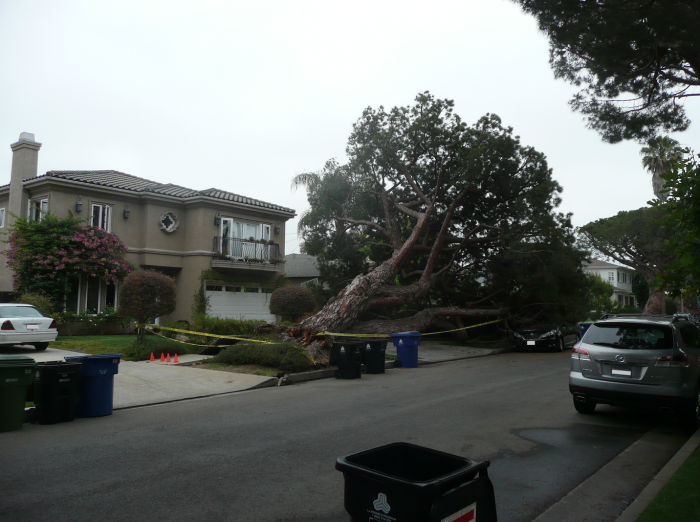Unlike your brother or your cat, a healthy tree isn’t necessarily fine. When examining a tree, arborists typically evaluate a tree’s health and its structure, among other things. However, there is often confusion regarding the use of the term “healthy” when describing a tree.
A health assessment of a tree is initially a gross visual impression. It is about how the tree “looks”, as that often reflects the overall health of the tree. Closer inspection of leaf color, canopy density, presence or absence of dead leaves, twigs or limbs, and presence or absence of insect pests or disease organisms are all part of assessing a tree’s health.
Structure is related to how the tree is “put together” and whether there are any physical defects, decay, or abnormalities that could lead to failure of the whole tree or a part of the tree. It is about the strength of the wood, weight distribution within the tree, balance of the tree, angles of attachment of limbs to trunks, etc. Structure is often associated with a safety evaluation, although it may not be formally identified as such. [A brief aside to distinguish “structure” from “safety”: Tree safety depends on many things including structure, location, external factors, etc. Tree structure is a factor in safety but is not synonymous with safety!]
It is worth noting that the presence of decay organisms may not fit distinctly into one category: Decay is both a disease (thus affecting health) and a structural issue (affecting the strength of the wood and the safety of the tree). Decay can be present anywhere in a tree and, depending on several factors, may be affecting a tree’s health, structure, or both at any given time.
A tree that appears to be healthy may have a structural defect that is visible, such as two poorly attached trunks that are actively splitting apart, or invisible, such as a poorly developed root system or decay inside the trunk. In cases like this, the tree being healthy is of no relevance to its structural integrity or the likelihood of its failure.
We have seen beautiful, healthy trees fall to the ground because they had a girdling root, advanced root decay, or some other structural issue. To assume a tree is worth maintaining simply because of its good health is a dangerous game to play. Good health does not mean good structure, nor does it imply safety!
Aleppo pine – Full, healthy canopy, but a defective root system led to failure
Coral tree – Fully leafed out and green canopy, but the two trunks split apart at the base
Stone pine – Another full, healthy canopy, but heart rot and root decay led to failure